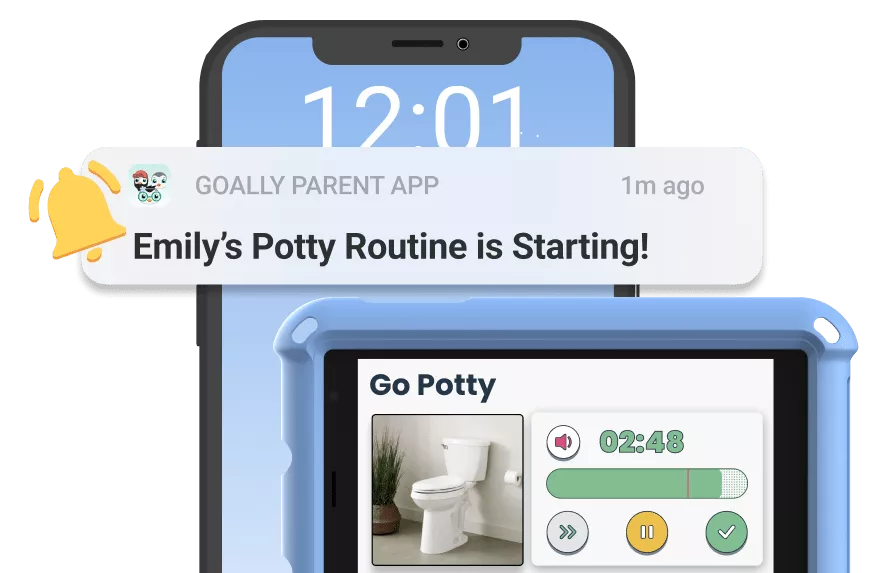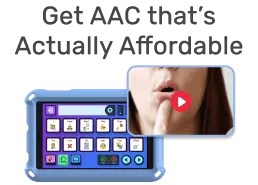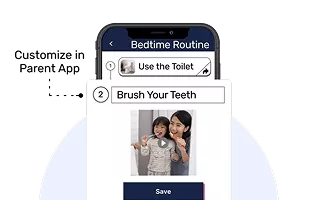A preschool behavior chart helps track a child’s actions and reinforces positive behavior. It’s a simple yet effective tool for parents and caregivers to encourage good habits while providing visual motivation for little ones.
Key Takeaways:
- Behavior charts are effective tools for reinforcing positive behavior in preschoolers.
- Printable charts provide a convenient and customizable approach to behavior tracking.
- Clear guidelines and consistency make behavior charts more successful in shaping habits.
- Behavior charts help parents engage with their child’s growth and behavior in a structured way.
Table of Contents
What is a Preschool Behavior Chart?
A preschool behavior chart is a tool used by parents and caregivers to monitor and encourage positive behaviors in young children. The chart typically includes a list of behaviors to track and rewards for when those behaviors are achieved. It is a helpful method of promoting good habits such as sharing, listening, and following instructions, all while providing a visual reminder of progress.
Incorporating a behavior chart into daily routines helps preschoolers understand expectations and reinforces positive actions through rewards. Whether you’re trying to improve a child’s manners or help them stick to a bedtime routine, behavior charts offer a simple, organized way to promote learning and development. They can be tailored to individual needs, making them versatile for various behavioral goals.
Why Use a Preschool Behavior Chart?
Using a preschool behavior chart helps children understand the connection between their actions and the outcomes that follow. It encourages children to meet set goals and rewards them for their achievements, which increases their motivation. Furthermore, it promotes independence by allowing kids to track their progress themselves, giving them a sense of ownership over their behavior.
Behavior charts also make it easier for parents to stay consistent in their approach. With clear expectations, there’s no ambiguity about what behaviors are being encouraged or discouraged. Parents can offer praise and rewards more consistently, ensuring children feel supported throughout the learning process.
How to Create Your Own Printable Preschool Behavior Chart
Creating a personalized behavior chart for your preschooler is simple and doesn’t require much. Here’s how you can do it:
Step 1: Identify the Behaviors to Track
Start by listing the behaviors you want to encourage in your child. These could range from following instructions, brushing teeth, or picking up toys. Be specific about each behavior so your child knows exactly what is expected.
Step 2: Choose a Reward System
Decide on a reward that aligns with your child’s interests. Rewards could be stickers, extra playtime, or even a special treat. The key is to make the reward something your child will find motivating.
Step 3: Edit Your Chart
Customize or edit the template below with your child’s name and behaviors. Include a space for each day of the week, where your child can mark off when they’ve completed a task or exhibited positive behavior.
Step 4: Set Up a Routine
Make sure to review the chart with your child daily. This allows them to visually track their progress and feel a sense of accomplishment as they earn rewards. It also helps establish a regular routine of feedback and reinforcement.
Tips for Using Preschool Behavior Charts Effectively
To ensure success with your preschool behavior chart, here are a few tips:
- Be consistent: Ensure that you use the chart every day and follow through with rewards.
- Start small: Begin with a few behaviors to track, and gradually increase as your child gets used to the system.
- Use positive reinforcement: Focus on rewarding good behaviors rather than punishing negative ones.
- Make it fun: Get your child involved in decorating or choosing the rewards to make the process enjoyable.
Common Mistakes to Avoid with Preschool Behavior Charts
While behavior charts can be highly effective, there are some common pitfalls to avoid. First, don’t make the expectations too difficult for your child to meet. The purpose is to encourage success, so be sure the tasks are age-appropriate. Additionally, don’t change the rules too frequently. Consistency is key in helping your child understand what is expected of them.
Another mistake is not following through with rewards. If your child doesn’t see that their efforts are being rewarded consistently, the system won’t be as motivating. It’s important to honor the rewards and keep the process fun and positive for your child.
Goally | Apps That Build Behavior & Life Skills for Kids
Want to keep your child motivated while building essential behavior and life skills? Goally’s skill-building tablet is designed to celebrate small wins and help your child grow. Our Behavior Tracker helps you reward your kid for specific skills, like “being kind” or “flushing the toilet.”

By setting clear expectations and rewarding their efforts, you foster a positive environment for your child to flourish in their behavioral skills journey.
Using a preschool behavior chart is a great way to support your child’s development by reinforcing good habits and promoting positive behavior. When used consistently and creatively, behavior charts provide a powerful tool for parents to guide their children through everyday tasks while encouraging growth. With clear goals, rewards, and a structured routine, your child can experience success in managing their behavior in a fun and engaging way.
Resources:
FAQs about Preschool Behavior Chart
What is a preschool behavior chart?
A preschool behavior chart is a tool to track and reward positive behaviors in young children.
How do I use a preschool behavior chart effectively?
Use the chart consistently, reward positive behaviors, and set clear, achievable goals.
Can a preschool behavior chart help with emotional regulation?
Yes, it helps children understand and manage their emotions by offering a visual system for progress.
What kind of rewards should I use for a preschool behavior chart?
Rewards can include stickers, extra playtime, or special treats that motivate your child.
At what age can I start using a preschool behavior chart?
Preschool behavior charts can be used effectively starting around age 3 or 4.

Hennah is an experienced writer and researcher, helping children with autism, ADHD, and other neurodivergent conditions. As a blog contributor for Goally, she combines her deep understanding of neurodiversity with practical advice, offering valuable insights to parents and educators.





